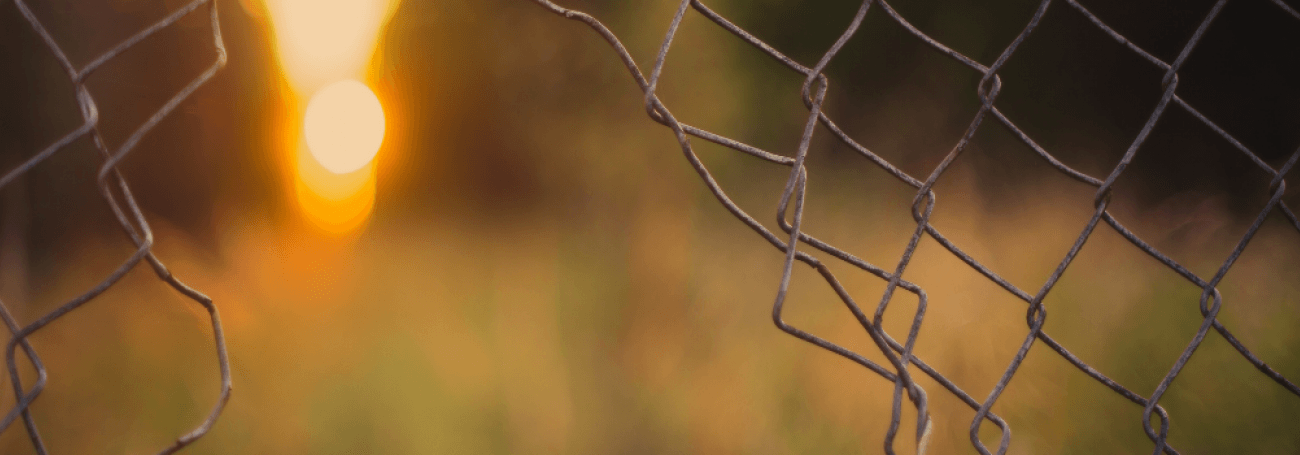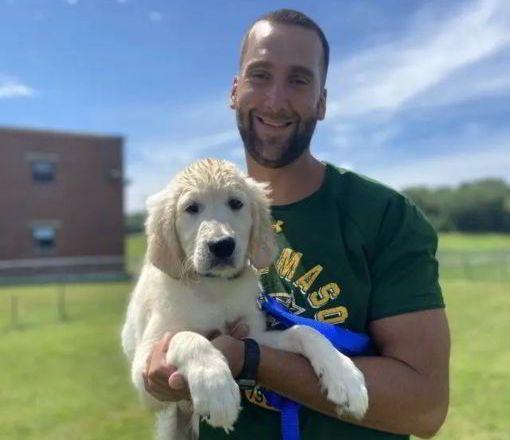The violence of silence
One thing that can be quantified, however, are the ways that narrative violence affect marginalised individuals. I believe that the system we have currently is forming layers of armour around the master narratives which keep people in the state of exception, and although it is my belief that victims are just as affected by this as are offenders, my research to-date has focused on the offender experience because of my unique access to, and experience in, this group.
When I embarked on my thesis research, I wasn’t exactly sure what I was looking for or what I would find. I hoped to explore the ways that stereotype, shame, stigma, and expectation affected the stories that men in prison told about themselves, and I believed (and still believe) that my status as a long-term prisoner within the research environment would give me access to more honest and complex stories. Never did I imagine that what I would produce was an understanding of the ways in which silence, an institutionalised hushing of well-formed stories, negatively impacted the ability of prisoners to have narratives that offered the possibility of re-storying their lives beyond the master narratives that effectively stripped them of their humanness once they entered into the category of the felonious other.
Hilde Nelson (2001) terms this process the damaging of identity through an infiltrated consciousness. According to Nelson:
“A person’s identity is twice damaged by oppression when she internalises as a self-understanding the hateful or dismissive views that other people have of her.” (2001, p. 21).



